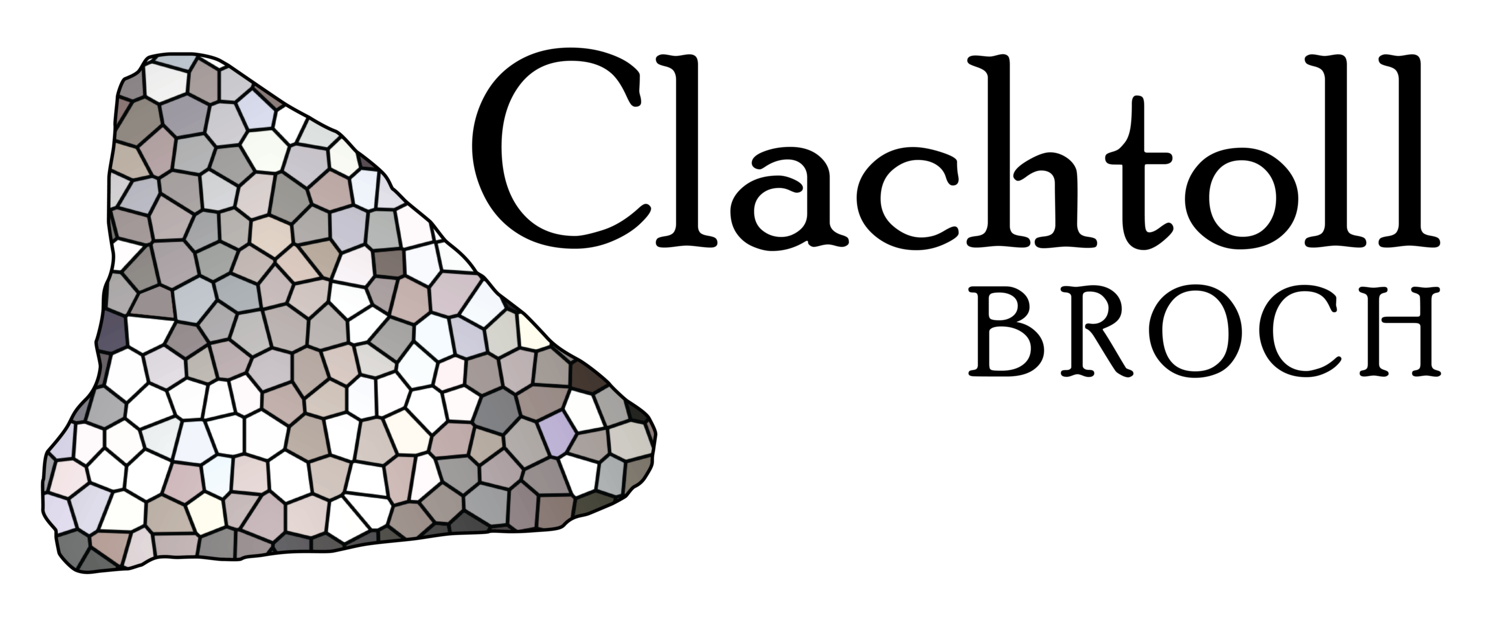
Whalebone Working Surface
This object is an Iron Age working surface, made from the vertebra of an adult whale.
Despite the areas of significant damage, this artefact is largely complete: what survives is the body of the vertebra, but the naturally protruding spinous and transverse processes of the bone are lost. Despite this damage, evidence of extensive use is visible on one face of the vertebra in the form of tool marks. We don’t know what was being worked on this surface but the tool marks suggest a variety of materials: possibly foodstuffs, hides, bone, wood and stone.
This artefact provides us with an excellent and very valuable proxy record of the metal tools in use at the site which no longer survive in the archaeological record, either because they have not been preserved or because they were taken away by the occupants of the broch at the time of the fire.
Evidence of extensive use is visible on one face of the object in the form of tool marks. These include linear chop marks, perhaps made with the sharp cutting edge of a metal cleaver, deeper linear cuts from the tip of an axe , holes produced by at least two different punches, one with a diamond-shaped tip, the other with a circular-sectioned tip, whilst a series of shallow pits towards the edge have also been made by the tip of a fine punch or awl, their shallow depth suggestive of less heavy use.
More unusual is a ring-shaped area of wear at the centre of the surface which incorporates individual punch marks and more dispersed crush marks suggesting the repeated working around the edge of disc-shaped objects. We do not know what was being worked on this surface but the tool marks suggest a variety of materials: possibly foodstuffs, hides, bone, wood and stone. The ring-shaped area of wear is intriguing. We have good evidence that the occupants of the broch were producing spindle whorls made of a soft talc-rich schist (steatite). Could this ring-shaped area of wear be related to the production of the whorls?
This 3D print of the working surface brings the object to life
A replica of the upper face of the working surface allows many hands to feel the pits and grooves of the original, without the risk of damage

